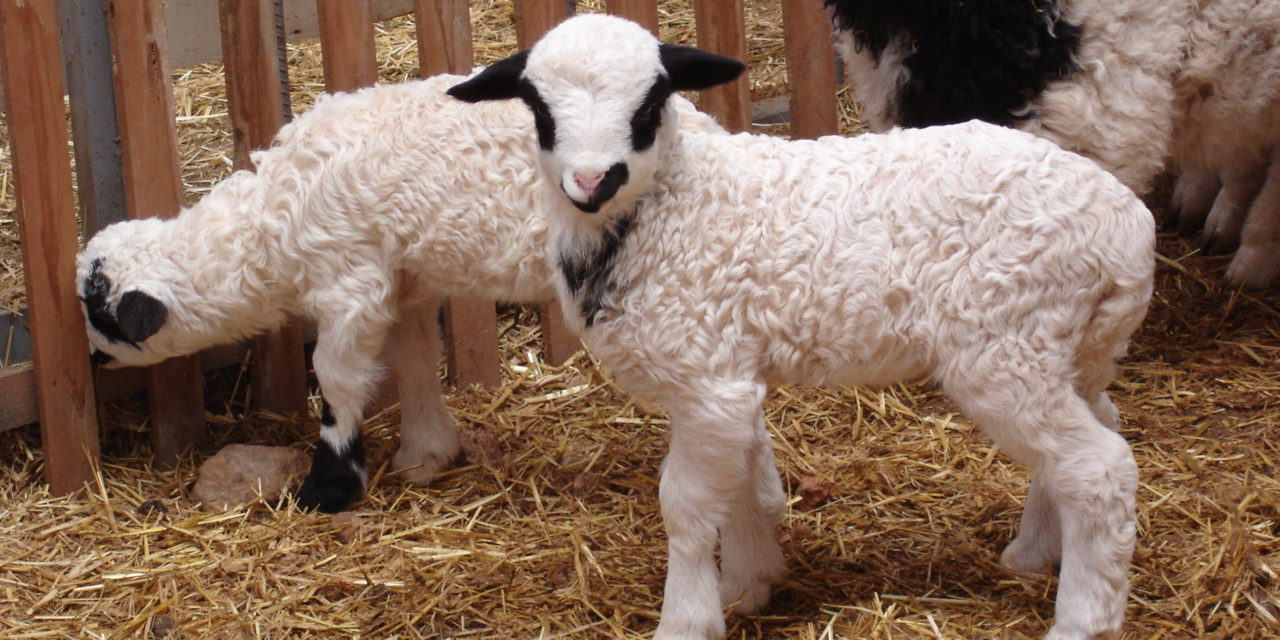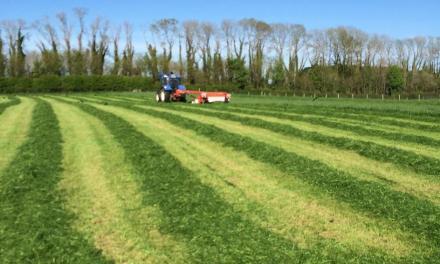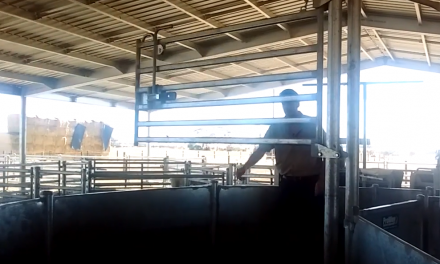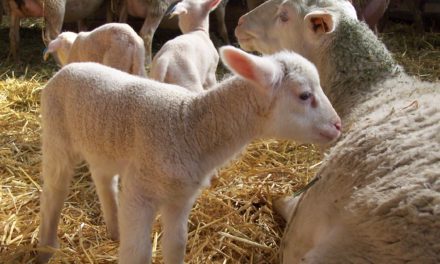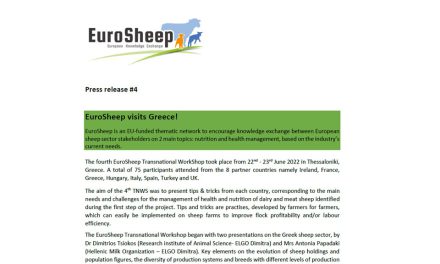This post is also available in:
![]()
![]()
![]()
![]()
![]()
![]()
Lamb growth protocol for performance target
Solution name: Lamb growth protocol for performance target
Aim: To determine the lamb performance targets from birth to weaning in order to obtain better results for farmers during growth period
Description:
Birth to weaning is an important period in sheep production systems especially for meat production. Research show that lamb weights differences in the first 8 weeks and 70% of the differences from 3-12 weeks has been attributed to milk intake.
Optimization of the weaning target is necessary to understand key animal/environment dynamics. In addition, the improvement in the pre-weaning period reflects in better post-weaning performance. Improving both lamb survival and growth to weaning improves total weaning weight, which is in turn closely correlated with the total weight of lambs sold or handle for replacement.
With this solution we hope to cover all the necessary aspects for a better lamb performance during the first weeks. In order to achieve that some suggestions are below.
Topic: Nutrition
Production: Dairy / Meat
Animal Category: Lamb
Issue: Lamb performance targets from birth to weaning
Level of Solution: Knowledge
Country: Turkey
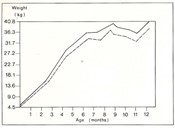
How to implement it
A guide for neonatal care and lamb growth is below;
- Treat the navel cord within 15 minutes of birth, make sure the lamb can be identified with its mother, is well bonded, and check the lamb is dry.
- Milk is essential for lamb survival and growth in the first 3–4 weeks of life.
- Check the ewe has an adequate milk supply and the lamb has suckled and ingested sufficient colostrum.
- The lamb rumen can be fully functional from 3 weeks and solid food or concentrate consumption should be started from 2 weeks of age, it is possible gradual independence from ewe milk from this time.
- If milk is not being utilized, milk is the predominant component of the diet for long periods, even when ‘compensation’ might be required.
- Concentrate should contain 18-20% protein (not contain less than 16% protein), low cellulose level and high energy level. When the lambs exceed 25-30 kg, the protein ratio can be reduced to 14%.
- Creep feeding with feeds prepared for lambs.
- Depending on the breeding aim and system, they could be weaned between 12 and 14 weeks of age. Leaving lambs on their dams for too long can be counterproductive in terms of lamb growth and ewe body condition score (BCS).
- The description of growing and finishing lambs for better returns is in the attachment.
Expected benefits
- Postnatal survival rate of lambs is increased
- Rapid lamb growth in a short time and early weaning
- Lamb rearing costs are reduced
Cost Benefit analysis
By using creep feeders farmer can stimulate the rumen development, thus increase feed efficiency and wean the lambs earlier to benefit more from the milk sales in the farm.
Sustainability analysis
Weaning the lamb at early times allows to to profit from the more milk. This fact will increase the overall sustainability of the farm and improve animal welfare.
Prerequisites and/or limits
- Lamb growing period requires more attention
- Farmer need to spend more time in the sheep barn

